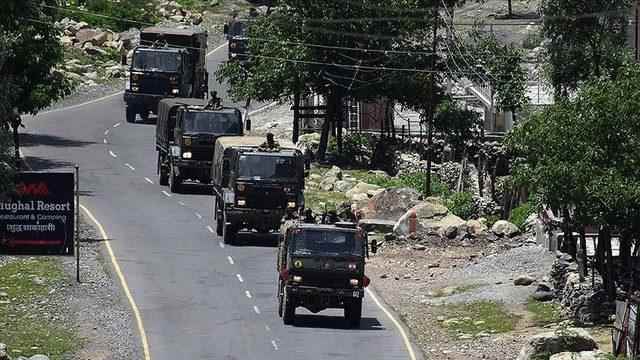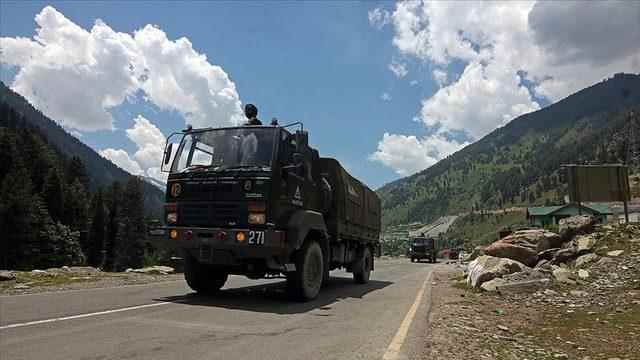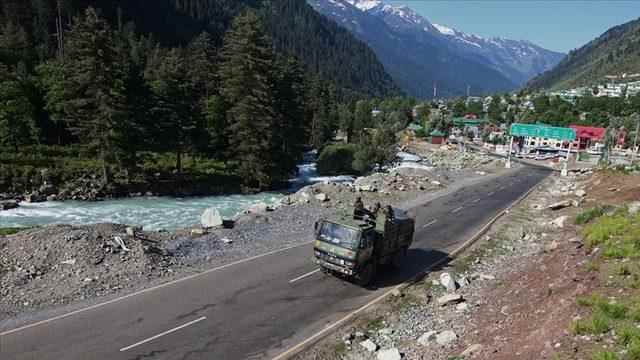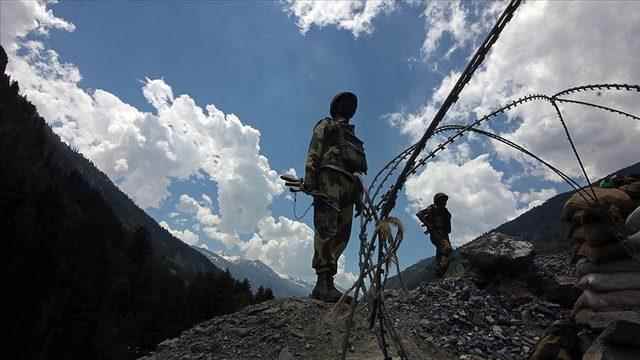India and China have decided to withdraw their troops from one of the disputed border areas that have caused deadly clashes, after more than two years of talks to de-escalate tensions.
“Indian and Chinese troops in the Gogra-Hotsprings region have started to withdraw in a coordinated and planned manner, which will contribute to the establishment of peace and tranquility in the border regions,” the Indian Ministry of Defense said in a statement. information has been given.
In the statement, it was stated that the decision to withdraw the troops came after the 16th round of talks between the two countries at the level of corps commanders in July.
No statement has yet been made by the Chinese government.
Discussions on the settlement of disputes in the region, which forms the western part of the De facto Control Line (LAC), which defines the uncertain border line between the two countries, continue.
The regions called Depsang, Pangong and Gogra-Hotsprings stand out as the key points of tension between the parties. Last year, part of the troops withdrew from the Pangong Tso area.

On 15 June 2020, 20 Indian soldiers were killed in the conflict between Indian and Chinese soldiers in the Galwan Valley in the Ladakh region of India. China also announced that 4 of its soldiers were killed in the conflict.
After the conflict, the military units of the two countries became vigilant at the border, India deployed a surface-to-air missile defense system, and China deployed howitzers and tanks.
This tension was exacerbated by the “war” discourses in the public opinion of the countries with the largest armies in the world.

Negotiations were started between the military delegations of the two countries in order to reduce the tension on the border.
CHINA-INDIA BORDER DISPUTE
The unclear border line between China and India, surrounded by the Himalayan Mountains, causes sovereignty disputes between countries. The 3,500-kilometer border, which includes streams, lakes, glaciers and snowy peaks, often brings the parties face to face.
The Beijing administration claims 90,000 square kilometers of land in the Arunachal Pradesh state of India, which it calls “South Tibet”, while New Delhi argues that 38 thousand square kilometers of land covering the Aksay-Chinese plateaus is occupied by China.
The parties have not been able to resolve their sovereignty disputes for many years. (AA)

